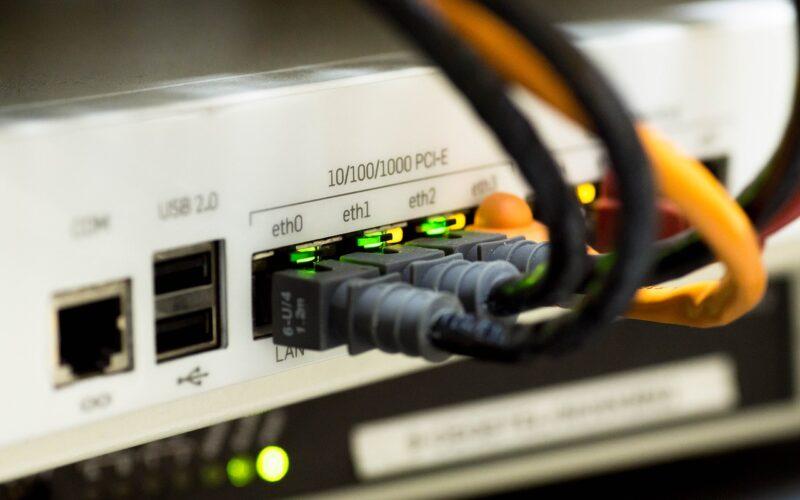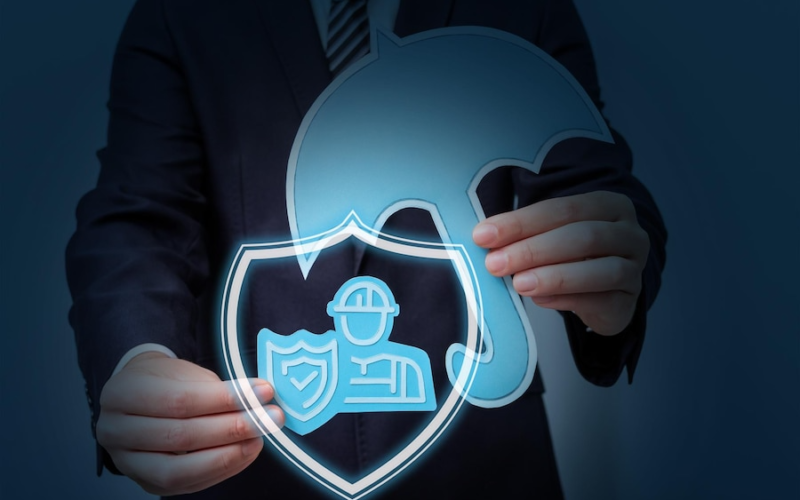
A prominent sort of network cable that is utilized with wired networks is known as an Ethernet cable. Devices such as personal computers, routers, and switches are connected within a local network via Ethernet connections.
These physical wires have length and durability constraints, respectively. A network cable that is either too long or of poor quality will not be able to convey an adequate signal for the network.
These limitations are one of the reasons for several distinct types of Ethernet connections, each designed to function most effectively in certain circumstances and accomplish a particular set of functions.
Types of Ethernet Cables
Ethernet cables are compatible with one or more industry standards, such as Category 5 and Category 6, among others.
These standards are generally referred to as CAT5 and CAT6, respectively, among technicians. As a result, numerous online retailers specializing in the sale of network cables also utilize this shortened form of language.
There are two primary ways in which Ethernet cables can be produced:
- The performance of solid Ethernet cables is somewhat improved, and they provide an implementation of safety against electrical interference. They are also frequently used on commercial networks, the cable installed behind office walls or wiring installed beneath lab floors to reach fixed positions.
- Because stranded Ethernet cables are less likely to suffer from physical cracks and breakage, they are a better option for network deployments in mobile environments or the house.
How Does an Ethernet Cable Work?
The term “Ethernet” in computer networking technology refers to a collection of standards. This unified set of protocols makes it possible for various pieces of hardware, such as desktop computers, printers, and other intermediary devices, to communicate quickly and easily.
An existing network can easily increase its capacity by adding additional devices if those devices comply with the standards outlined below.
A computer network comprises the logical or data layer, software, and the physical link layer (hardware). The Ethernet standard establishes a set of rules that are referred to as protocols at the logical or data layer.
These protocols control how computers linked to the same network communicate with one another. The role of the physical link layer is to provide the conduit for the electronic signals as they move through the network.
For the hardware that manages the physical connections between the machines to become a common medium, it must correspond to certain design criteria.
In the network’s physical layer, one of the most important pieces of hardware is the Ethernet cable. Because new enhancements are always being created for Ethernet specifications, the hardware has also progressed throughout the years.
In older Ethernet configurations, coaxial wires were used. Cables with twisted pairs or fiber optics are used in today’s networks.
Because of its pervasiveness in Ethernet computer networks, the phrase “Ethernet cable” now specifically refers to the twisted pair cable. This is because “Ethernet” originally referred to the Ethernet protocol itself.
Structure
A Category 5 cable, also called Cat5, is a type of twisted pair cable utilized for Ethernet. Inside the cable, the jacket is four pairs of the eight individual copper wires of 24-gauge gauge that make up the cable.
Because of this, the phrase “twisted pair” refers to how each pair is wound around the other. In general, three twists are given to the twisted pair for every inch used.
The exact distance between each pair’s twists is different from one another. This cabling arrangement lessens the risks of signal interference from external sources like fluorescent lamps or radios and internal interference or crosstalk from other pairs of wires in the network. Examples of such external sources include radios and fluorescent light bulbs.
An 8P8C connector is the termination point at both ends of a twisted pair cable. “8 Position 8 contact” is what “8P8C” stands for. A Cat5 cable has a pin at the end of each wire in the cable. The pins, which have the numbers 1 through 8 assigned to them, are paired off in the same way as the wires.
These pins function as contact points and are lined up inside the connector housing. Only 8P8C sockets, constructed complementarily with eight contact points, can accommodate the connection of Cat5 cable plugs.
Function
Both “straight-through” and “crossover” configurations are available for Cat5 cables. Pins 1 and 2 are utilized for signal transmission in a “straight-through” configuration, which applies to both plugs and sockets. Pins 3 and 6 are utilized for signal reception in this configuration.
Connecting PCs to other components of a network, such as hubs or switches, requires the usage of this particular wire configuration. In a configuration known as a “crossover,” the assignations are switched around so that the wires on the transmitting plug link to the pins on the receiving socket.
This is utilized to establish a direct connection between two or more computers. Cat5 cable sockets have the additional capability of being configured for an internal crossover to accept “straight-through” cables.
There is no longer a requirement to use two different Cat5 cables, thanks to more recent versions of routers, hubs, and switches that can automatically convert between a “plain” and a “crossover” configuration.
How Does Ethernet cable Make Your Internet Faster?
While Wi-Fi is the most frequent way to connect devices to the internet today, it is not the only way. Ethernet cables may also be used to connect devices.
Let’s examine why it speeds up your connection and how to begin using one.
Using an Ethernet cable rather than Wi-Fi to connect your gadgets to the internet is more reliable. There will be less network stuttering and no interference from other devices, walls, etc.
Ethernet connections are also quicker than Wi-Fi connections. With an Ethernet cable, data travels through a continuous and dedicated line. It is more effective than Wi-Fi, which broadcasts wireless signals in every direction. Through cables, information can travel more swiftly than through the air.
It is vital to know that regardless of the connection type you employ, you cannot surpass the speed provided by your ISP. Ethernet lines can often support speeds of up to 1Gbps; if you’re only spending for 100Mbps, you won’t be able to surpass that without increasing your plan.
Numerous products, including desktop PCs, PlayStation and Xbox systems, and smart TVs, include Ethernet connectors. To join these devices to your network, insert an Ethernet cable into the device’s port and connect the other end to your router. The cable will be secured by clicking on both ends.
In some circumstances, the device will connect immediately; in others, you may need to go into the network settings and tell it to use Ethernet instead of Wi-Fi.
If you wish to begin using Ethernet cables, you may encounter the typical obstacle of physical restrictions. In situations where your router is far from the item you wish to connect, it may not be possible to run a wire across your entire home, dig through your floor, etc.
Conclusion
You now understand what an Ethernet cable is and how to utilize them. In essence, they offer a faster and more dependable method of connecting devices to a network than Wi-Fi.
Smartphones are an obvious exception, as they are not always applicable. But they are a fantastic benefit for any device you frequently use and want the finest network speed on, such as your work computer or a game console you are using to play online.





